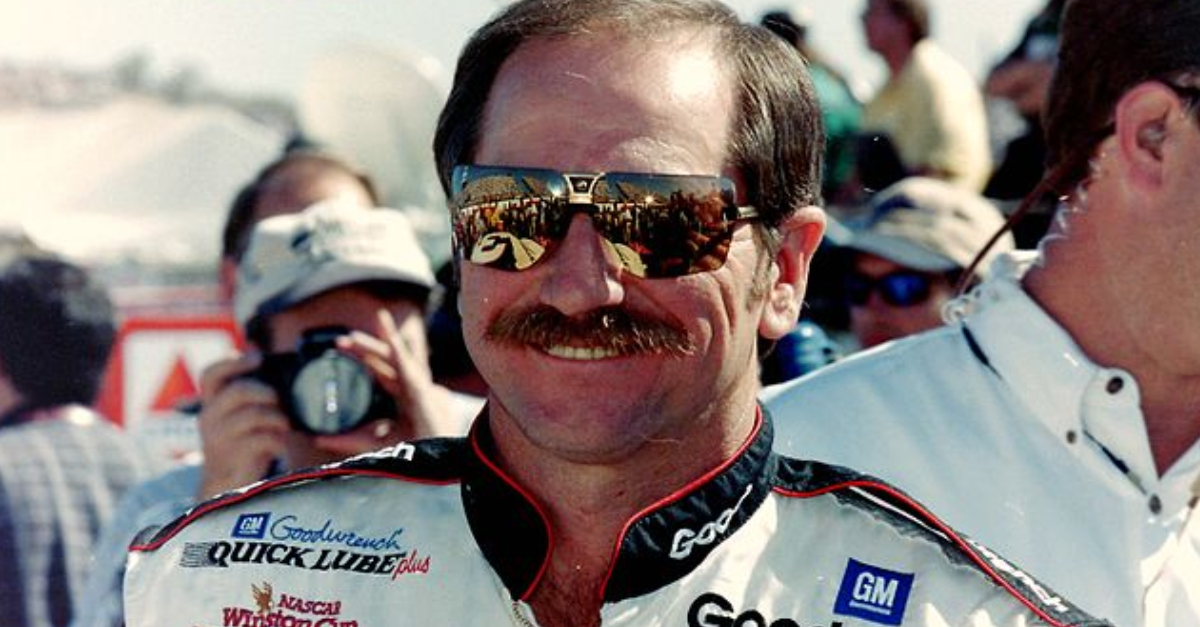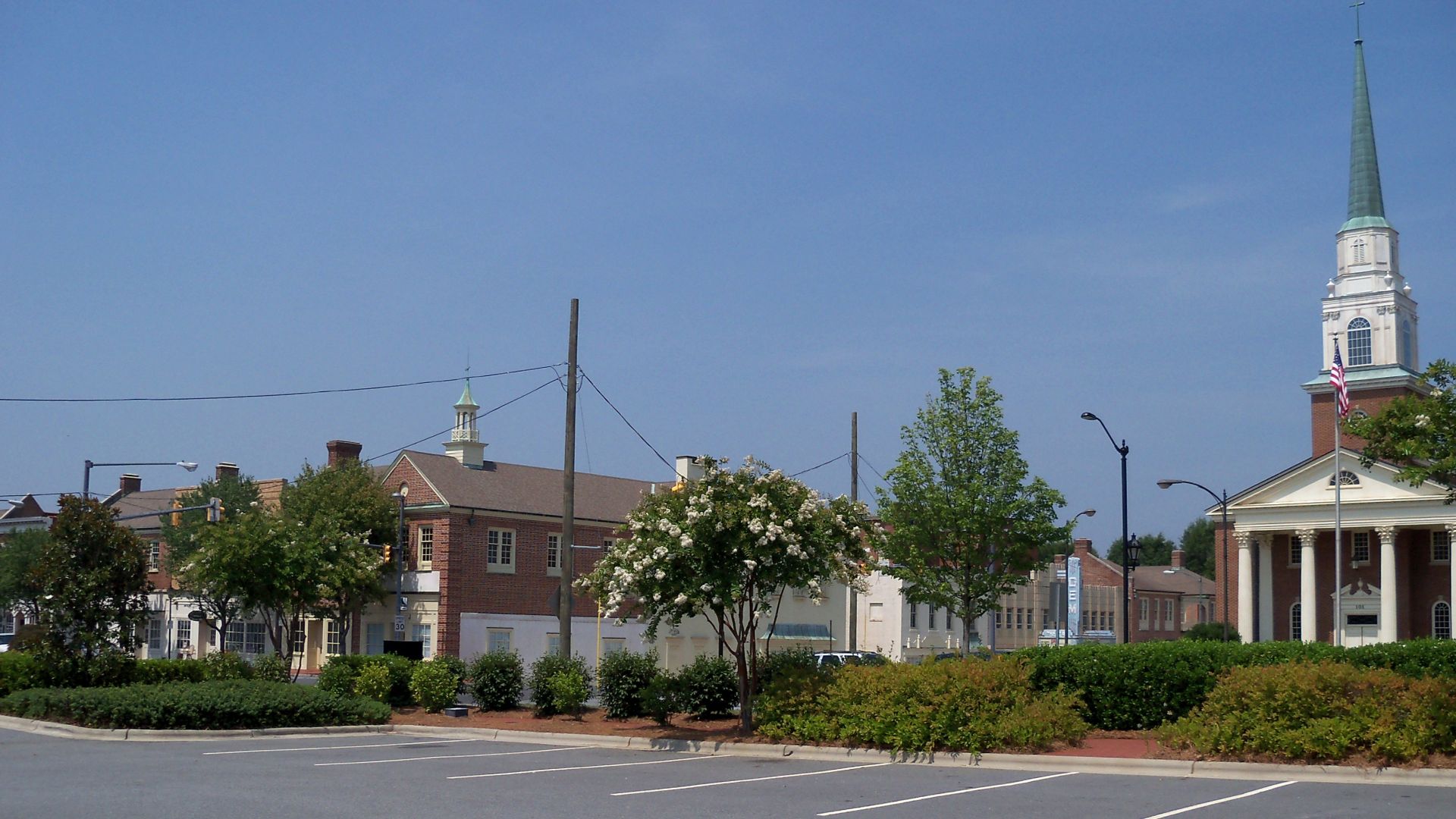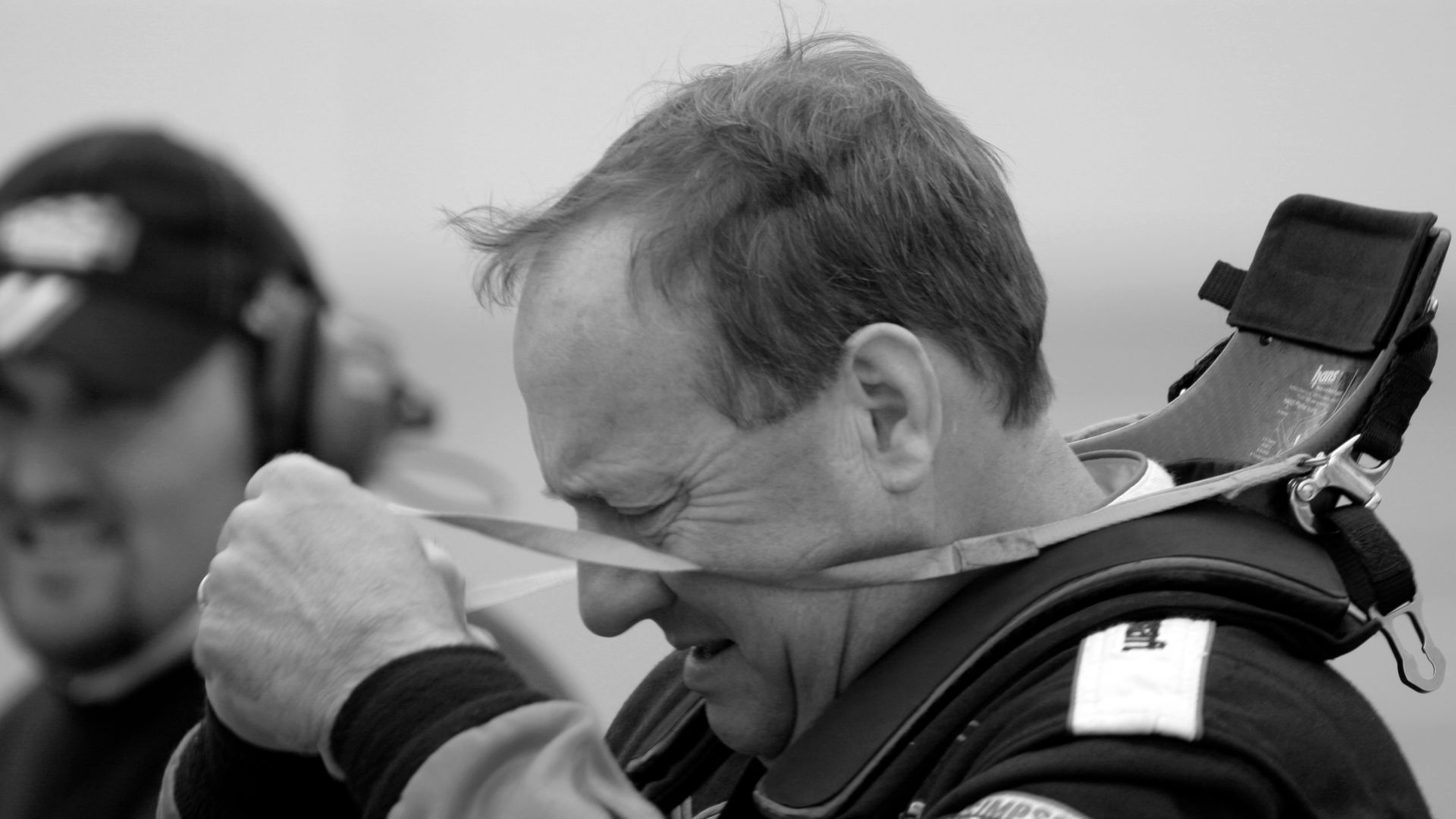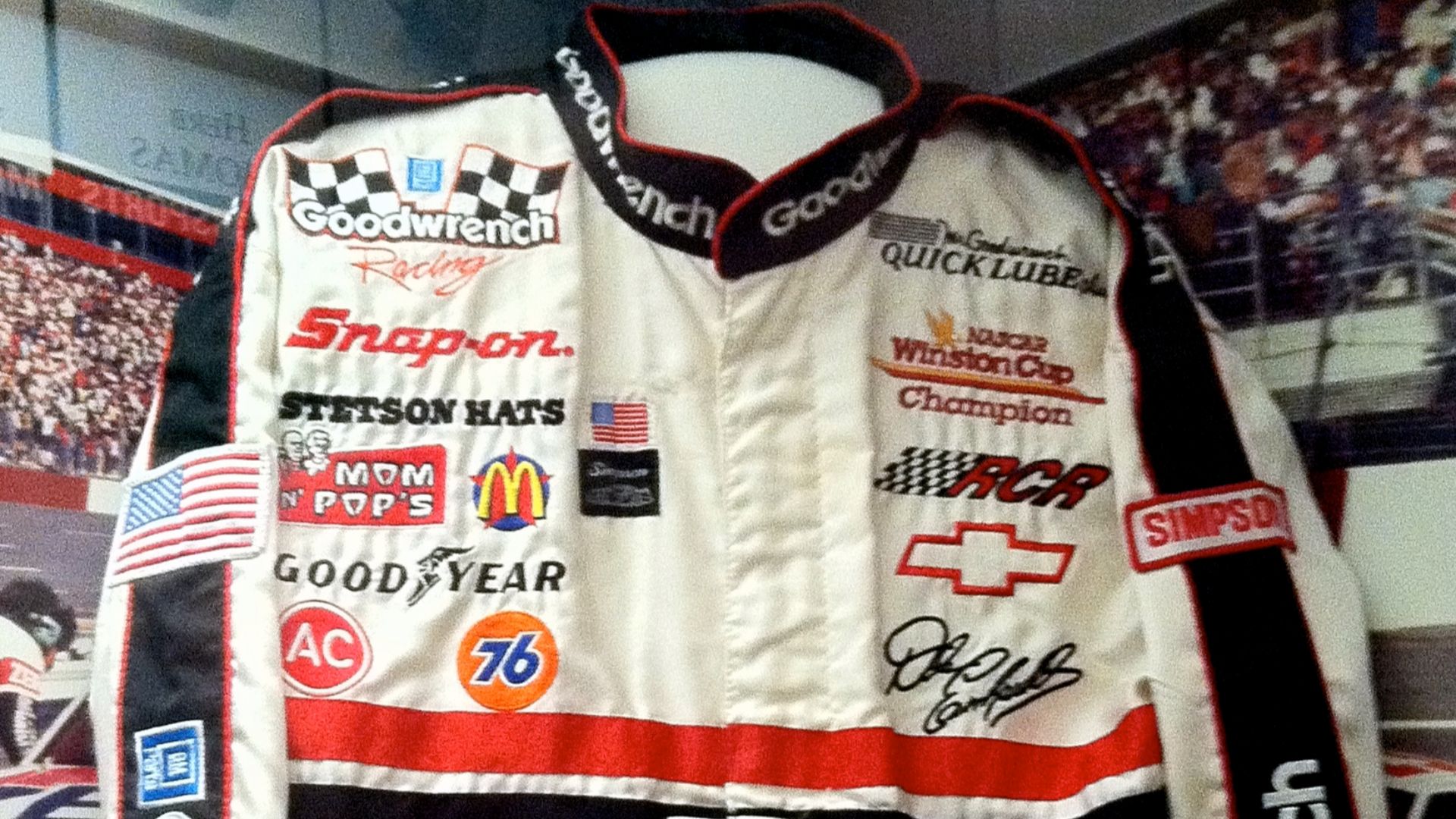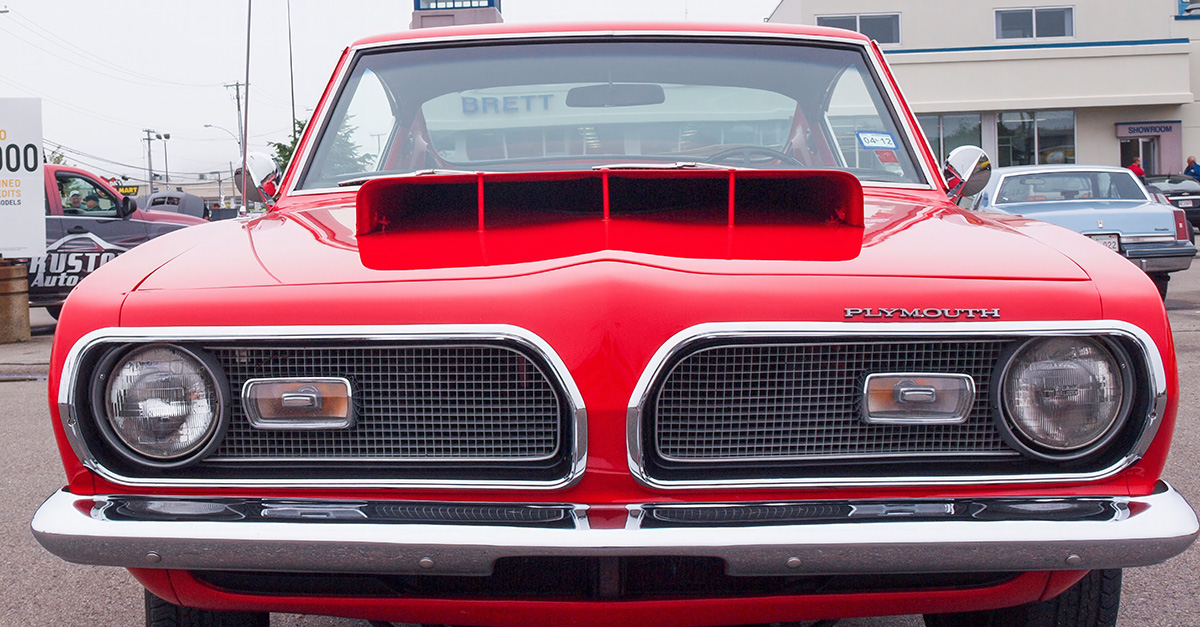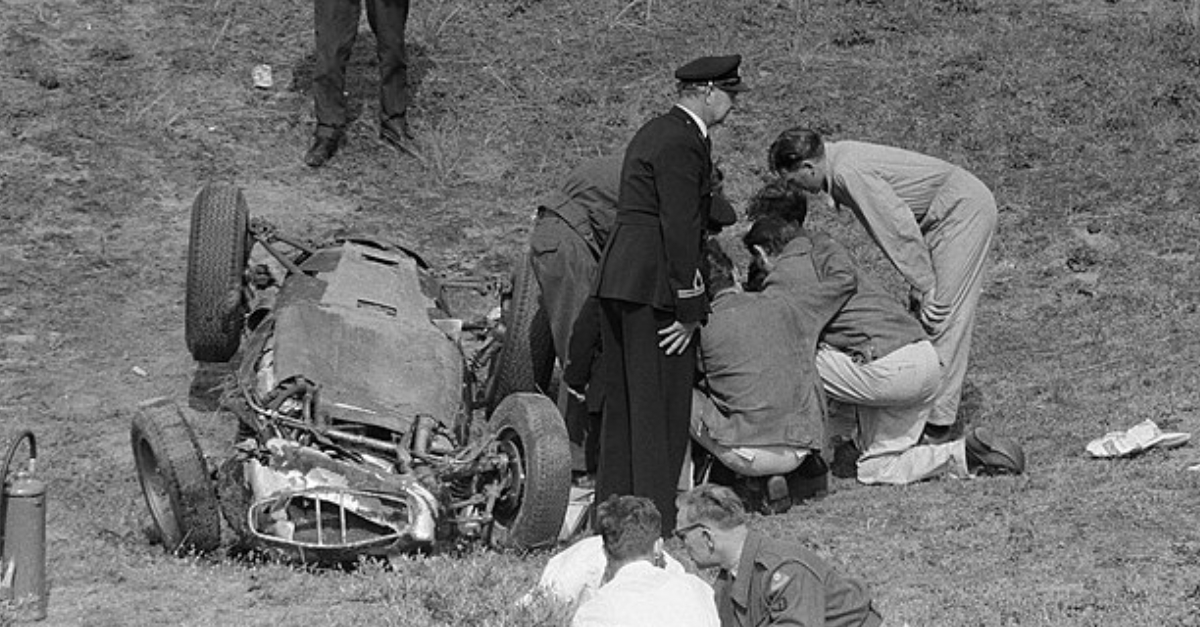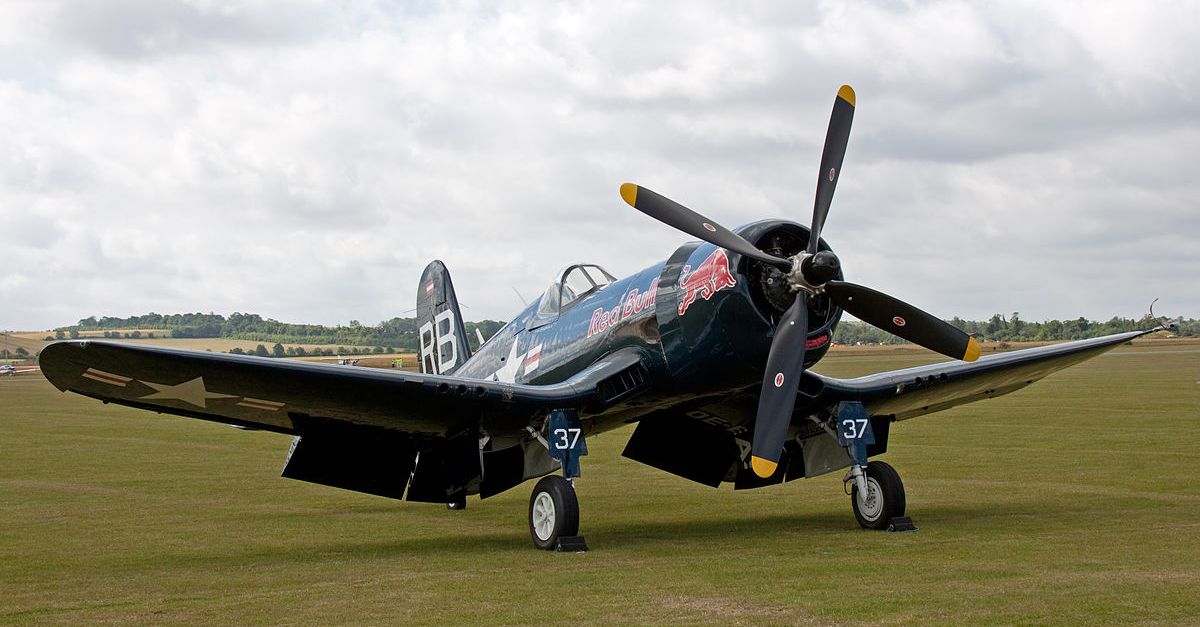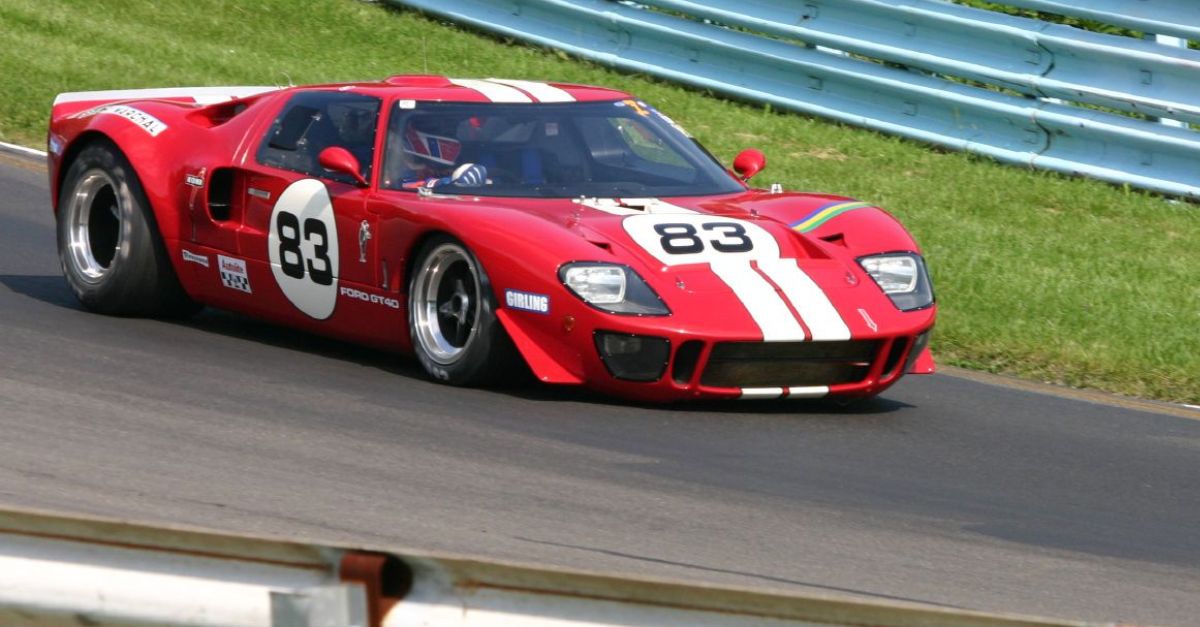The Final Lap That Changed Everything
It was the closing moments of the 2001 Daytona 500. The crowd awas on its feet, the checkered flag waving in sight—and then, in an instant, NASCAR lost its greatest star. To millions watching, it looked like a father’s final gift to his son.
Dale Earnhardt Sr. final lap crash stunned the world, but his fearless spirit lives on.
The Intimidator’s Aura
Earnhardt wasn’t just another driver—he was a presence. His black No. 3 Chevrolet and hard racing style gave him the nickname The Intimidator. Rivals admitted they drove differently when he was nearby, because he could control a race with bold, calculated moves that left everyone else on edge.
 James Phelps, Wikimedia Commons
James Phelps, Wikimedia Commons
Built From Grit
Dale grew up in Kannapolis, North Carolina, the son of racer Ralph Earnhardt. Money was scarce, but racing was everything. He dropped out of school to chase it. “If I could ever make a living doing this, I’d be the happiest man in the world,” he once said.
A Champion Among Champions
By the late 1990s, Earnhardt had tied Richard Petty’s record with seven Cup Series championships. He won 76 career races, many decided in the final laps. His aggressive style made him one of NASCAR’s most feared competitors, and one of the most admired, even by drivers he beat.
 Relive the final laps from Dale Earnhardt’s 76th and final win | NASCAR, NASCAR
Relive the final laps from Dale Earnhardt’s 76th and final win | NASCAR, NASCAR
The “Pass in the Grass”
In the 1987 All-Star Race, Earnhardt was battling Bill Elliott when contact sent him across the infield grass. Somehow, he kept control and stayed ahead. Fans dubbed it the “pass in the grass.” It wasn’t a real pass, but it became one of his most legendary moments.
 'Pass in the grass' | NASCAR Classic Full Race Replay: The Winston from 1987, NASCAR
'Pass in the grass' | NASCAR Classic Full Race Replay: The Winston from 1987, NASCAR
Daytona’s Long Pursuit
For two decades, the Daytona 500 escaped him. Earnhardt won nearly every other event at the superspeedway but not the big one. In 1998, after 20 attempts, he finally broke through. Crews lined pit road to shake his hand, a moment still remembered as pure NASCAR history.
 From The Vault: Dale Earnhardt Sr. wins 1998 Daytona 500, NASCAR
From The Vault: Dale Earnhardt Sr. wins 1998 Daytona 500, NASCAR
A Team Owner, A Father
By 2001, Earnhardt wore two hats—driver and team owner. His Dale Earnhardt Inc. cars, piloted by Michael Waltrip and his son Dale Jr., were strong at Daytona. With all three running near the front, the race meant more than personal glory. It was about family and building a future.
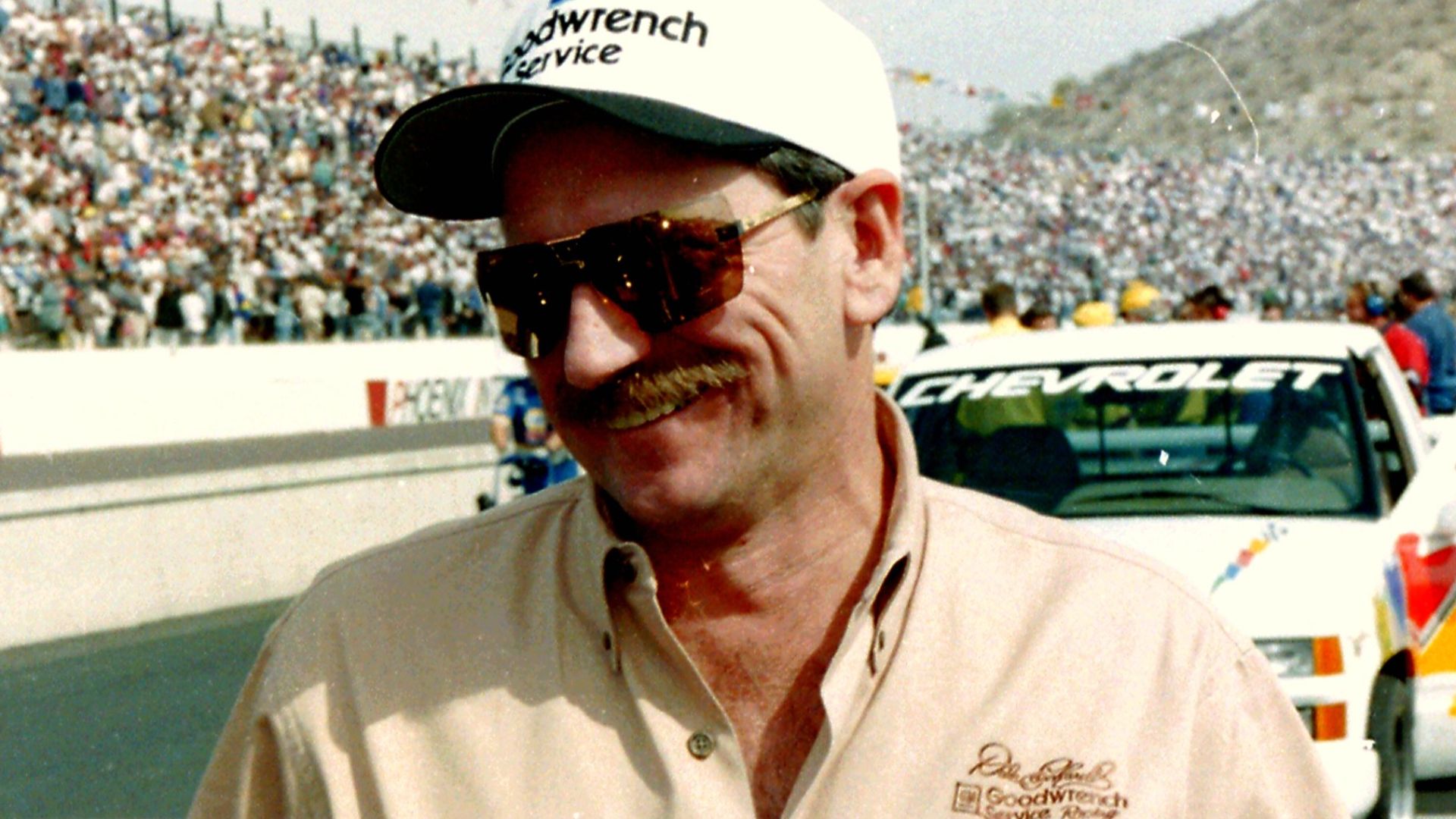 Darryl Moran, Wikimedia Commons
Darryl Moran, Wikimedia Commons
Playing the Protector
As the laps wound down, Waltrip led with Jr. right behind. Earnhardt held third, blocking the field behind them. Few understood drafting better than he did, and he used that skill to keep challengers away. His role was clear—protect his son and teammate until the checkered flag.
 Dale Earnhardt's fatal crash @ Daytona, NascarAllOut
Dale Earnhardt's fatal crash @ Daytona, NascarAllOut
The Last Turn
Out of Turn 4, Sterling Marlin touched Earnhardt’s car, sending him into Ken Schrader. The No. 3 slammed the wall at nearly 150 mph. Waltrip took the win, Jr. crossed second. To fans, it looked like another crash—but within minutes, it was clear this one was different.
 Dale Earnhardt's fatal crash @ Daytona, NascarAllOut
Dale Earnhardt's fatal crash @ Daytona, NascarAllOut
Stunned Silence
At first, people expected Earnhardt to climb out like always. Safety crews rushed in while Schrader waved for help. Minutes passed with no movement. In Victory Lane, Waltrip celebrated, not knowing. When officials confirmed Earnhardt had died instantly, the celebration turned hollow, and silence swept across NASCAR.
 Dale Earnhardt's fatal crash @ Daytona, NascarAllOut
Dale Earnhardt's fatal crash @ Daytona, NascarAllOut
A Father and a Son
Dale Jr. finished second in the race of his life, while his father’s car rested yards behind. The cameras caught his stunned expression as the news spread. To many, the moment symbolized a father’s final act—blocking so his son could shine on the sport’s biggest stage.
 Dale Jr interviews Dale Sr - 1990 Diehard 500 Post Race, Barney Ward
Dale Jr interviews Dale Sr - 1990 Diehard 500 Post Race, Barney Ward
The Legend of Protection
After the crash, fans and media often said Earnhardt had “died protecting his son.” While the wreck wasn’t intentional, his role in blocking for Dale Jr. and Waltrip fed the narrative. To many, it became a symbol of sacrifice—a father’s final act of devotion on racing’s biggest stage.
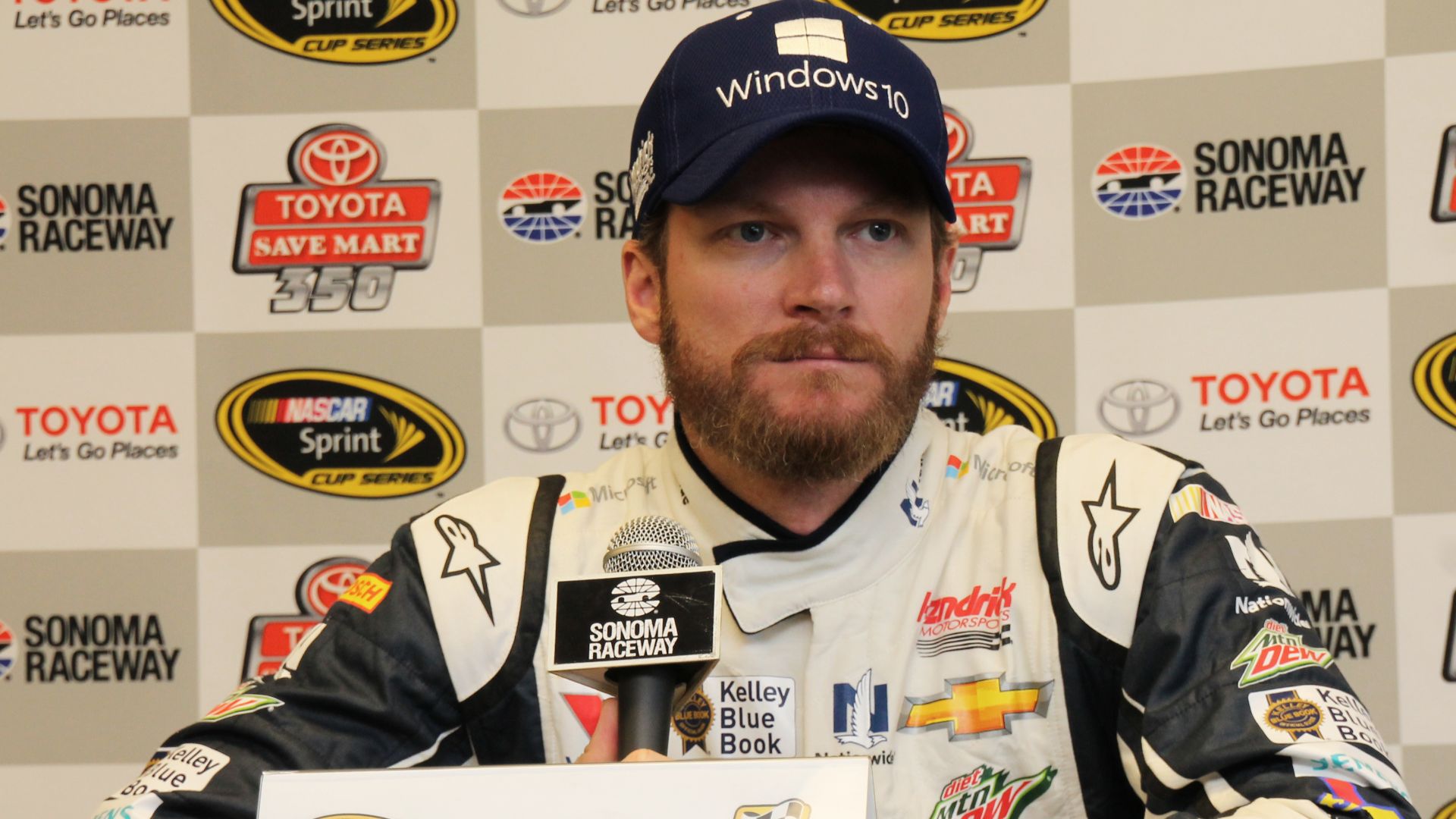 Sarah Stierch, Wikimedia Commons
Sarah Stierch, Wikimedia Commons
Michael Waltrip’s Bittersweet Win
Waltrip had waited 462 starts for his first Cup victory. It should have been his happiest day, but instead it carried heartbreak. “I won the Daytona 500, but lost my best friend,” he later said. The win that defined his career was forever tied to tragedy.
 Michael Waltrip Will Never Forget the Events Following the '01 Daytona 500, SiriusXM
Michael Waltrip Will Never Forget the Events Following the '01 Daytona 500, SiriusXM
Dale Jr.’s Burden
Earnhardt Jr. admitted the pain nearly ended his career. “I didn’t know if I wanted to race anymore,” he later revealed. At 26, he carried his father’s legacy overnight. He chose to keep racing, turning the car into both therapy and tribute, lap after lap.
 Dale Earnhardt Jr: Daytona after dad’s death, Graham Bensinger
Dale Earnhardt Jr: Daytona after dad’s death, Graham Bensinger
NASCAR in Mourning
The next morning, black No. 3s filled newspaper covers. Fans brought flowers, signs, and flags to tracks and Dale Earnhardt Inc. headquarters. Candlelight vigils spread across small towns and big cities. NASCAR had lost more than a driver—it had lost its face, its leader, and its heart.
 Dale Earnhardt Candlelight Vigil (2001), bullfrog1954
Dale Earnhardt Candlelight Vigil (2001), bullfrog1954
Change Born From Tragedy
Earnhardt’s death forced NASCAR to prioritize safety. The HANS device, once resisted, became mandatory. Safer barriers were installed at tracks. Cars were re-engineered with stronger seats and crash protection. Since then, drivers have walked away from wrecks that once would have been fatal—a direct result of his loss.
Carrying the Torch
Dale Jr. continued racing, capturing the 2004 and 2014 Daytona 500s. Each win was emotional, reminding fans of his father. Though he never matched his dad’s seven titles, Jr. connected with fans through honesty and openness, becoming NASCAR’s Most Popular Driver 15 straight years.
 2/23/14 - Daytona - Dale Earnhardt Jr. wins second Daytona 500, NASCAR
2/23/14 - Daytona - Dale Earnhardt Jr. wins second Daytona 500, NASCAR
The Sacred No. 3
For more than a decade, no driver touched the No. 3 at NASCAR’s highest level. When Austin Dillon—grandson of team owner Richard Childress—brought it back in 2014, fans were divided. Some saw it as tribute, others as too soon. Either way, the number remained inseparable from Earnhardt.
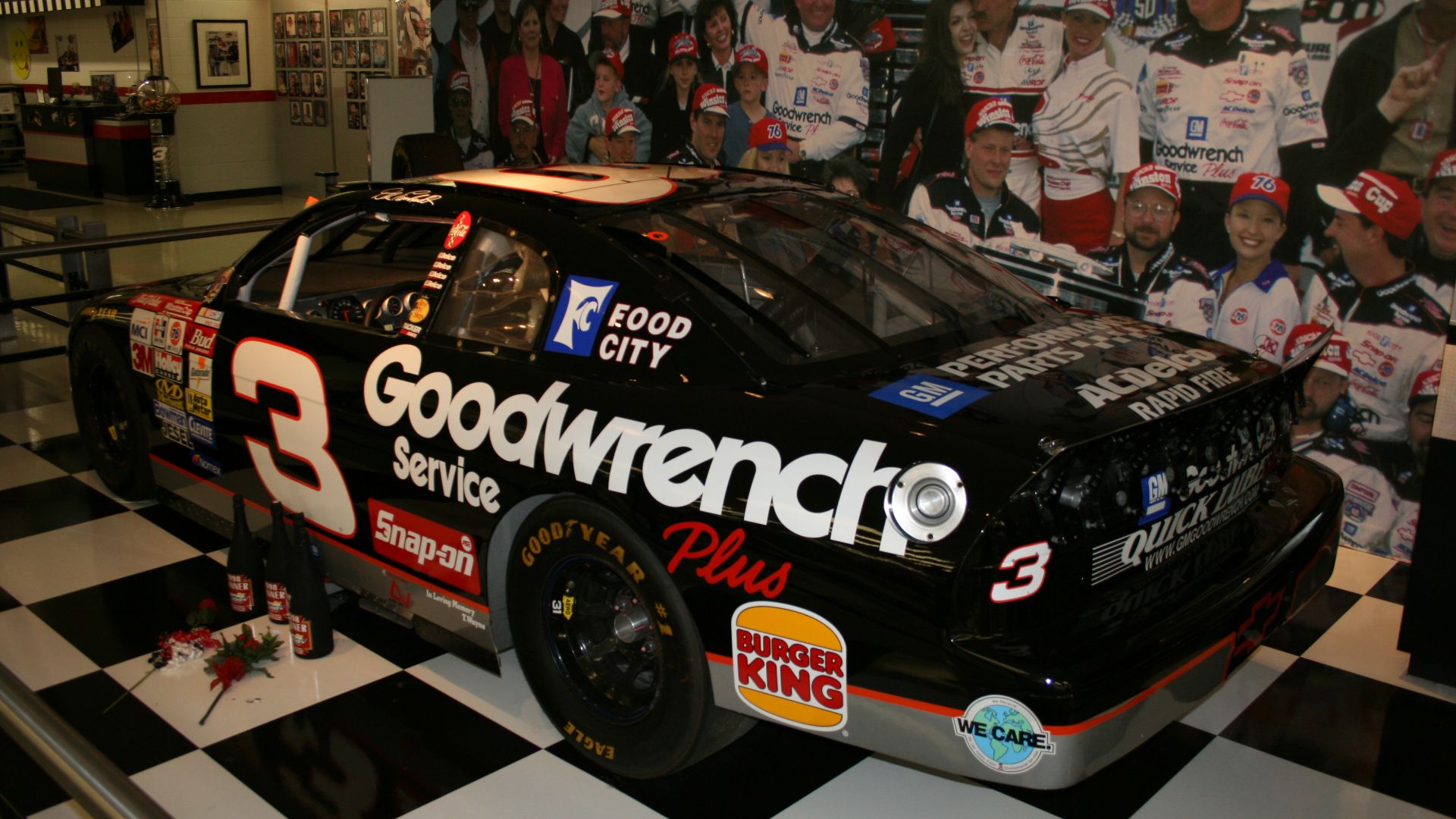 Chris Short from Detroit, MI, United States, Wikimedia Commons
Chris Short from Detroit, MI, United States, Wikimedia Commons
Remembering the Man
Earnhardt’s toughness defined him on track, but away from it he was a country boy. He loved farming, hunting, and family life. Friends recall his mischievous grin and fierce loyalty. That mix of grit and warmth made him unforgettable, both to loved ones and to fans everywhere.
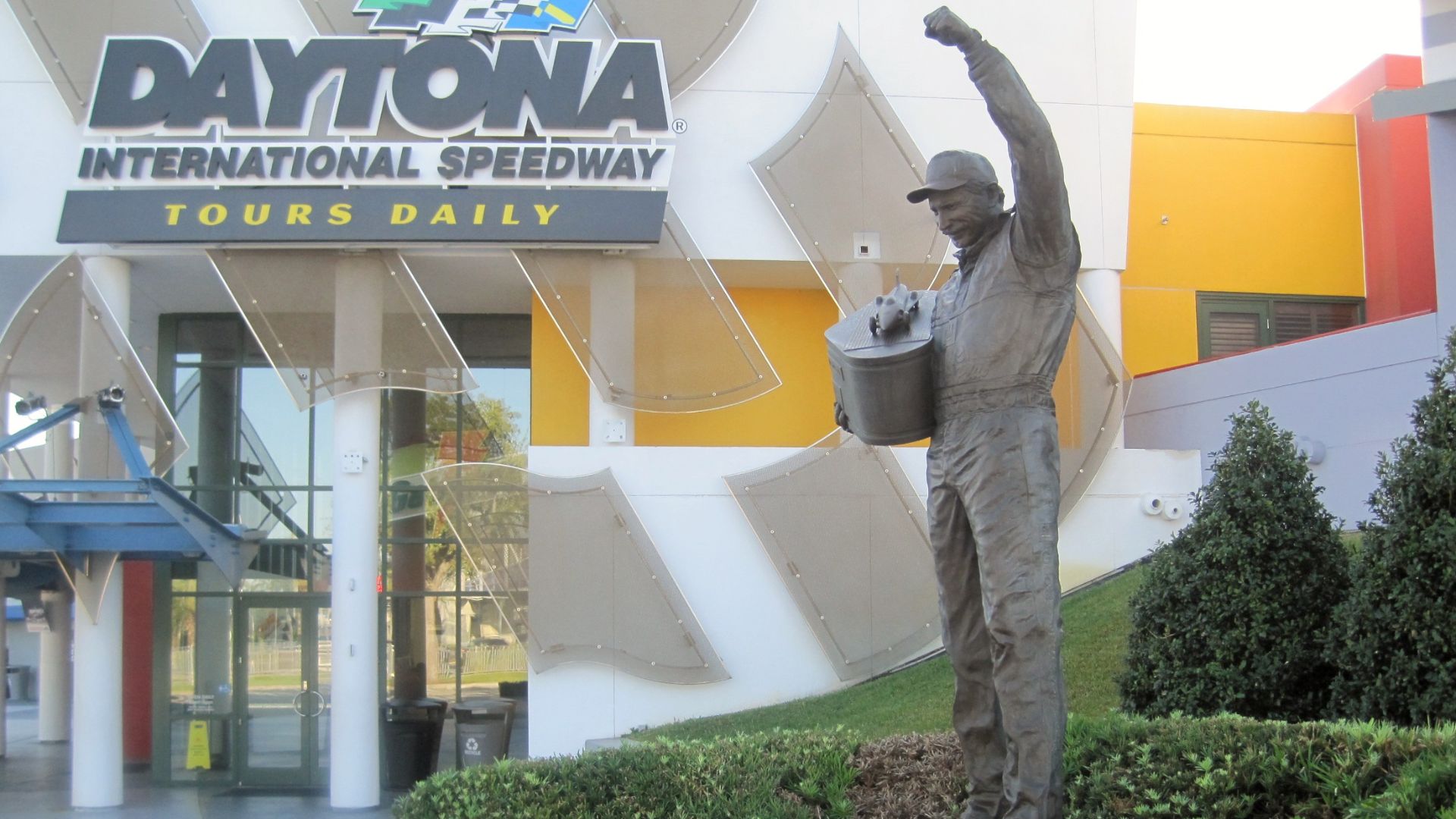 Bill Golladay, Wikimedia Commons
Bill Golladay, Wikimedia Commons
A Lasting Presence
Two decades later, his memory still fills NASCAR. Fans wear black No. 3 hats, murals and statues honor him, and tributes appear at every track. Even new fans learn his story quickly, because you can’t explain NASCAR’s past—or its present—without remembering Dale Earnhardt.
Fearless Until the End
Earnhardt once said, “The winner isn’t the one with the fastest car. It’s the one who refuses to lose.” That spirit carried him through seven championships. On his final lap, he was blocking, battling, and protecting—racing exactly as he always had. His legend remains unshakable.
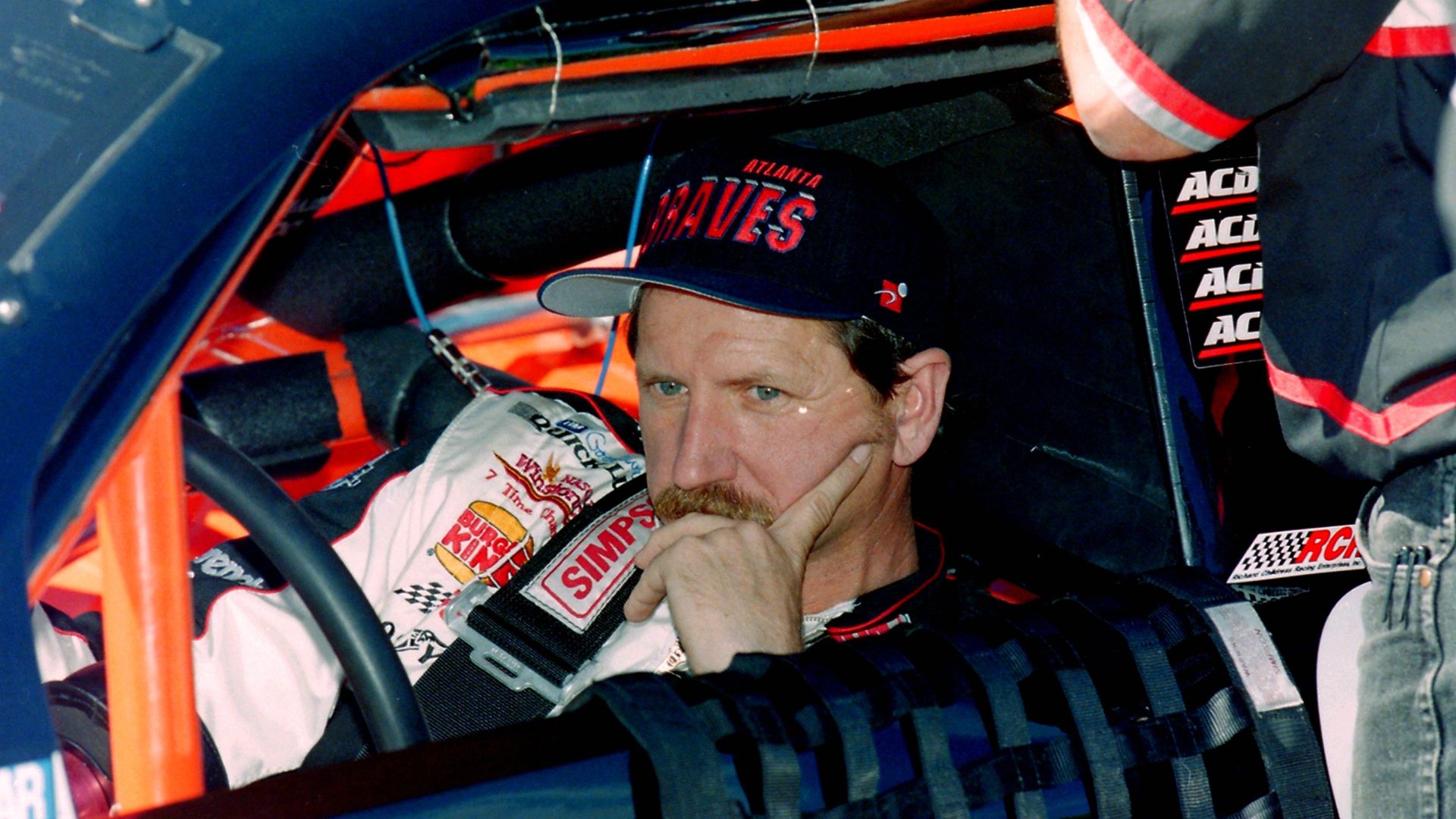 Darryl Moran, Wikimedia Commons
Darryl Moran, Wikimedia Commons
You Might Also Like:
The Indy And NASCAR Racing Career Of Tim Richmond
The NASCAR Career Of Davey Allison

